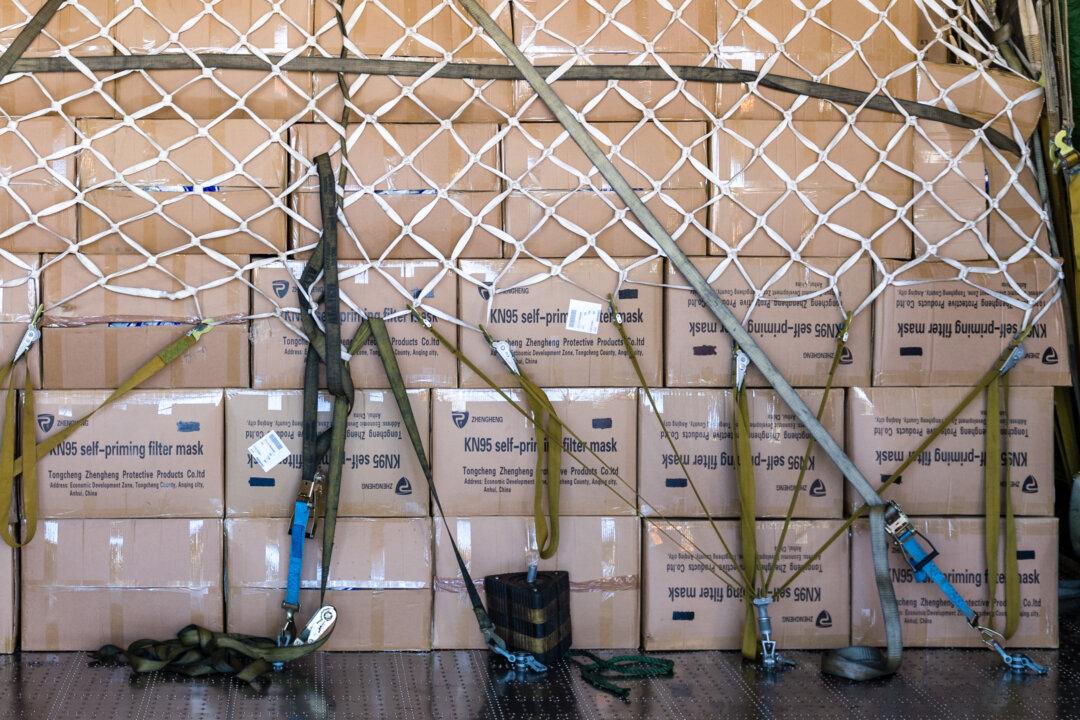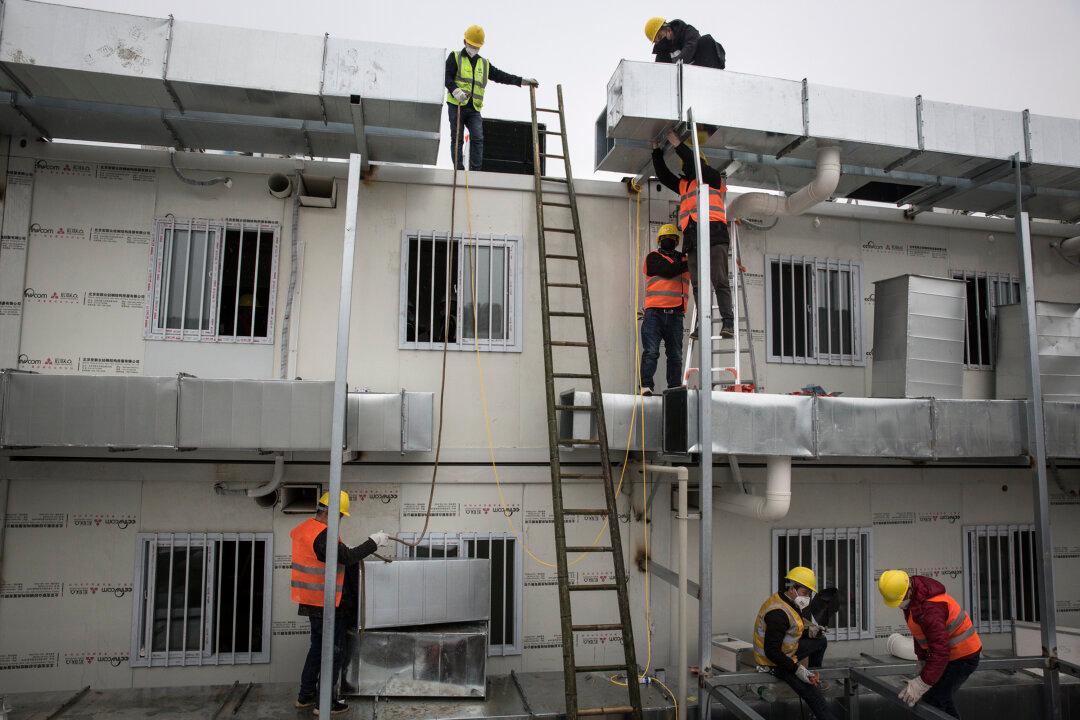Some of New York’s most prolific builders are leaving Manhattan and turning to other markets such as Colorado, Utah, and Florida, due to New York’s climbing tax rates and increasing regulations.
An owner of several properties in Manhattan told Crain’s Business Magazine that they are now prioritizing their investments in Miami and that their “outlook now has turned negative in New York.”




